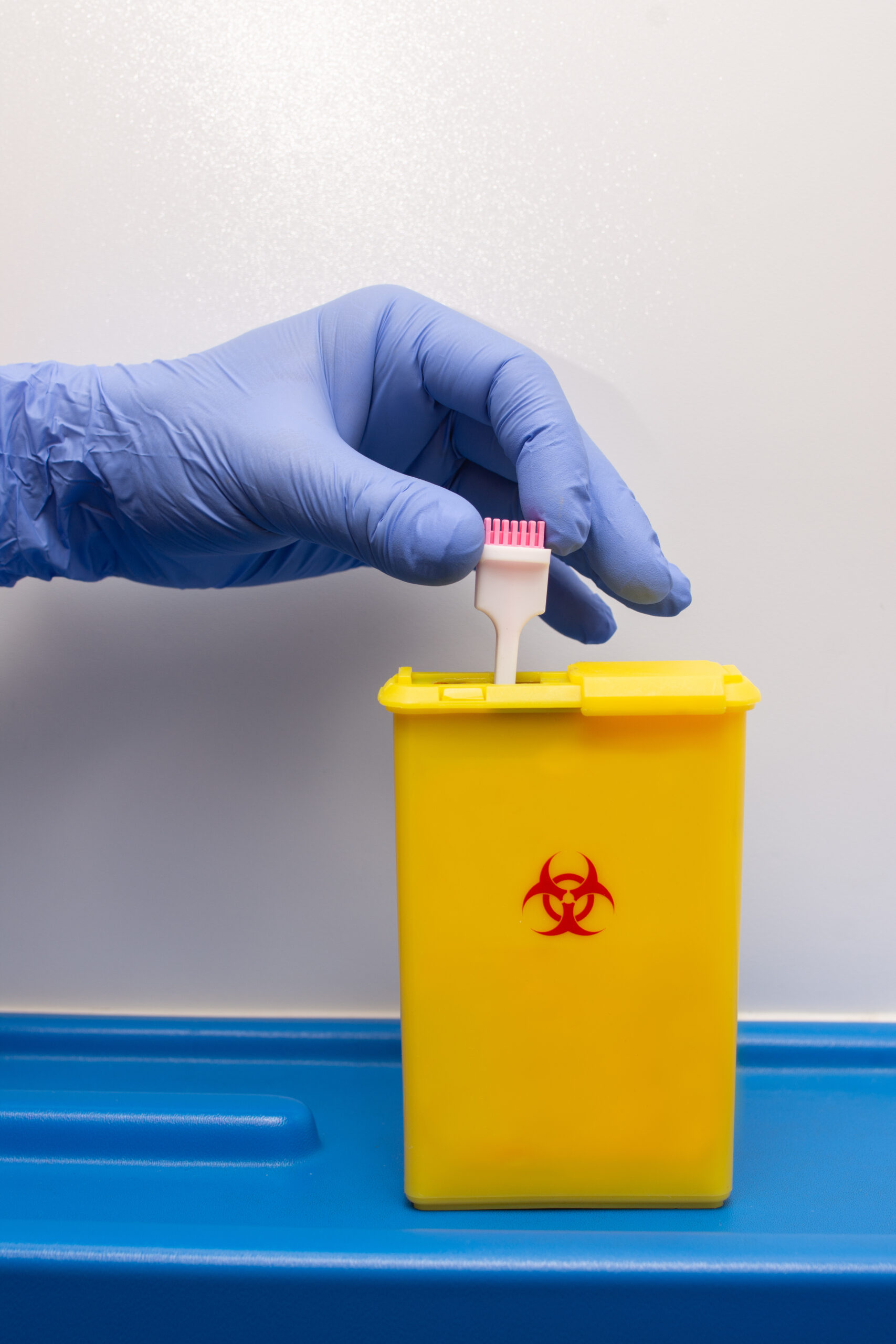More than nine months into the COVID-19 pandemic, the numbers are grim: Over 48 million cases and 1.2 million deaths worldwide.
As the numbers continue to skyrocket, the debate about protective masks (and their effectiveness) also continues. The CDC has given very clear directives about wearing face masks, so why are so many opposed to the idea? Is there any data to support their claim that wearing masks saves lives?
In this post, we’ll dive into that topic and more. Keep reading to learn about protective face masks based on research from around the globe.
Why Is There So Much Debate About Mask Wear?
Political issues aside (that’s a whole different topic), why is there so much confusion and debate over wearing protective masks? It’s true that the CDC didn’t immediately recommend wearing face masks. Why not? At first, scientists didn’t realize how important wearing a mask would be among the general public. Now researchers are aware that wearing masks is an important and effective way to help prevent the spread of coronavirus. Back in the spring, at the height of the first wave, faces masks were in short supply. It only made sense to prioritize mask supplies for those at the highest risk of infection, such as medical staff and first responders. They needed an adequate supply of professional-grade masks to protect themselves and their patients. When a totally new virus like COVID-19 appears, scientists and researchers update their recommendations as they learn more about how the virus behaves.What Does the CDC Say About Protective Masks?
The CDC has an entire section on its website dedicated to face masks. They encourage everyone to make wearing a mask part of their “normal” behavior around other people. Protective masks are just one part of the COVID-19 prevention puzzle. The CDC acknowledges that while wearing masks is important, it’s not enough to give an adequate level of protection. In addition to wearing a mask, the CDC also recommends these precautions to prevent the spread of coronavirus:- Physical distancing
- Washing your hands often
- Coughing and sneezing into a tissue or bent elbow
- Avoiding crowded places
- Keeping indoor spaces well-ventilated
- Staying at home if you have any cold or flu symptoms
Wearing Face Masks: What Does the Data Show?
So, we know what the CDC says about wearing masks. It echoes the World Health Organization’s recommendations for when and how to use face masks. But what do the numbers show? What have researchers found when comparing infection and death rates in countries with (and without) governmental mask requirements? Consider some fascinating findings from a recent report out of Virginia Commonwealth University:- Countries that recommended face masks early at a national level, or countries that wore them publicly based on cultural norms, have seen up to 100 times lower mortality rates than predicted.
- Several Asian countries, including Japan, Thailand, and Hong Kong, still have mortality rates of around one in 1 million (or less). By comparison, the mortality rate in the US is 1 per 2,500 people.
- In countries where policies or cultural norms support public mask-wearing, mortality rates per capita increased at an average of 8% per week. Countries without these norms or policies are increasing by 54% each week.
Protective Masks: For Yourself and Everyone Around You
Regardless of your personal feelings about wearing a face mask, the numbers don’t lie. There appears to be a very strong connection between wearing protective masks in public and controlling the spread of COVID-19. We’ll have to wait and see what the future has in store for mask-wearing recommendations or mandates in the US. In the meantime, you can do your part to save lives by choosing to wear a face mask in public, even if it’s not required in your locale.Recent Posts
-
 Yesenia05/23/2025
Yesenia05/23/2025Syringe Filters-Why They Matter in Laboratory Applications
-
 Yesenia05/15/2025
Yesenia05/15/2025Proper Disposal of Used Syringes and Needles: A Complete Guide
-








